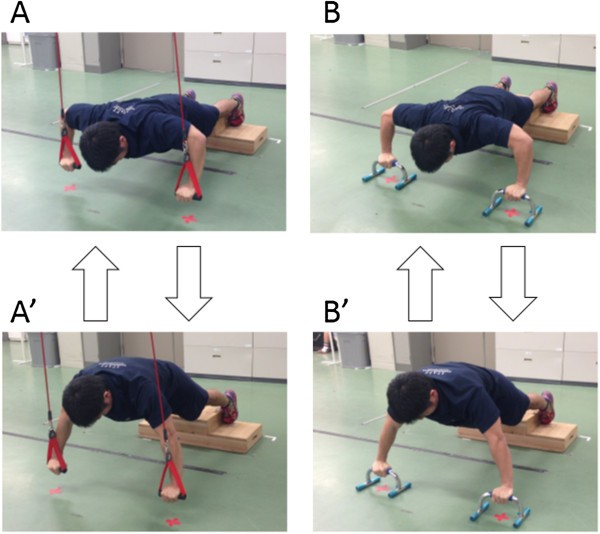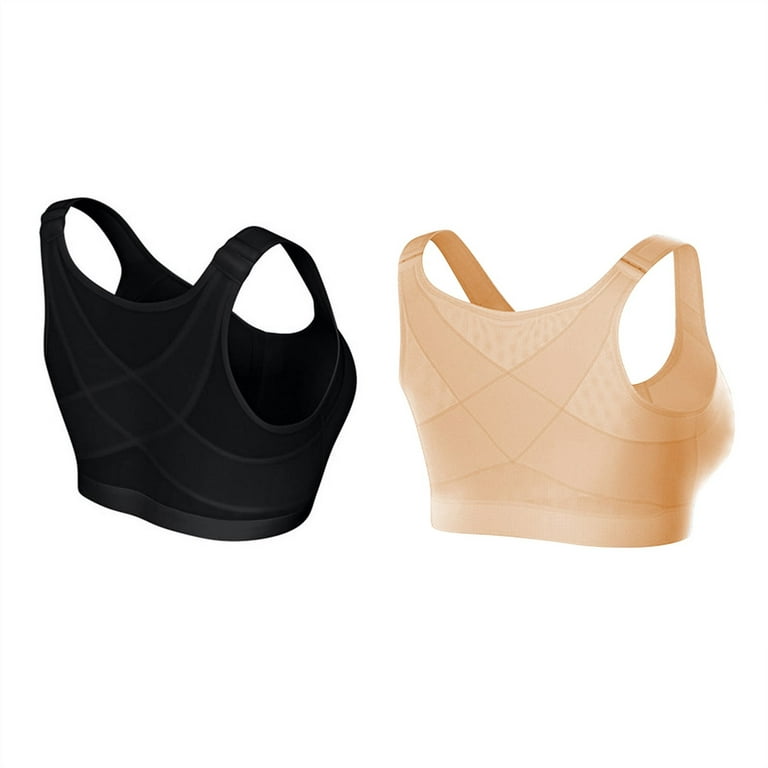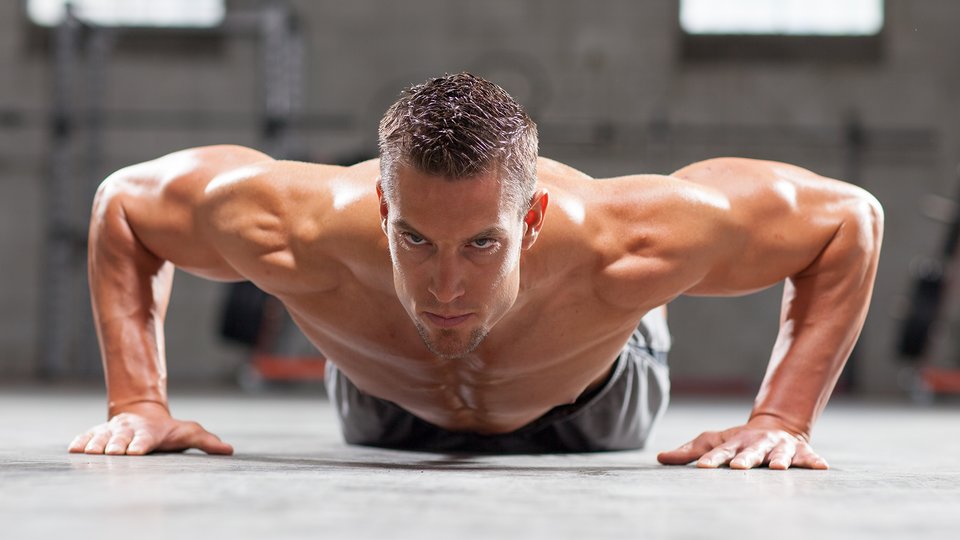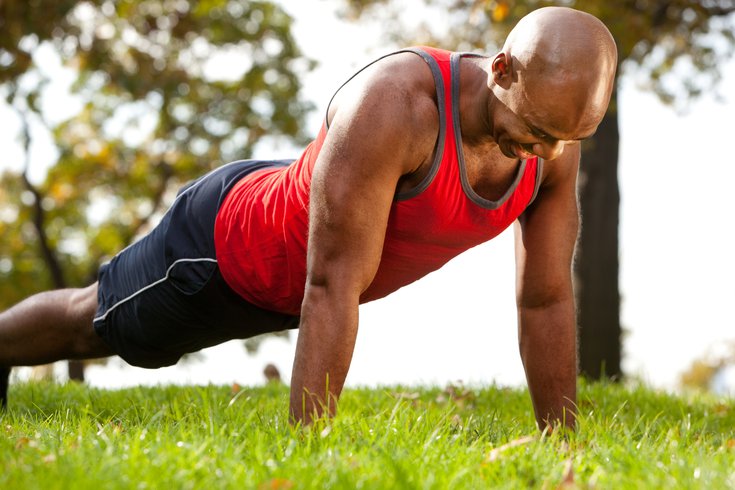Push-up with plus exercise – Human Kinetics Canada
$ 7.50 · 4.5 (761) · In stock

ExecutionAssume the standard push-up position with hands on the floor shoulder-width apart and the elbows, knees, and body straight.Lower your body by allowing your elbows to flex and shoulders to horizontally abduct. Keep the body and knees straight during this movement. Continue lowering as deeply as possible without causing shoulder pain.Raise your body by extending your elbows and horizontally adducting your shoulders. Keep the body and knees straight during this movement. Continue raising until your elbows are almost straight.The “plus” portion of the exercise is accomplished by exaggerating the top position of the push-up. Keep your elbows straight but try to push your body up farther by separating your shoulder blades without rounding your back.Muscles InvolvedPrimary: Pectoralis major, deltoid (primarily anterior), triceps brachii, serratus anteriorSecondary: Rotator cuff (supraspinatus, infraspinatus, teres minor, subscapularis)Preventive FocusThe push-up is an excellent way to coordinate all four shoulder joints into one exercise. There are many variations, but the one best able to reduce injury risk is the push-up with plus. This variation is the standard push-up performed with an exaggerated motion at the top of the movement. The extra motion—scapular protraction—allows the serratus anterior to contribute to the exercise in a more pronounced fashion, thereby decreasing the risk of shoulder impingement.Strong shoulders are important for many sports, but especially so for throwing athletes. Although the motion of a push-up is similar to that of throwing, the most important benefit of the push-up with plus is the stability required to perform this motion, which requires the humeral head to move within the glenoid fossa. Further, push-ups generally require stability of the scapulae to correctly perform but adding the “plus” protraction action amplifies this requirement. If the throwing athlete does not have a strong base (scapulae), the likelihood for injury elsewhere (e.g., glenohumeral joint) increases. This does not mean the scapulae shouldn’t move; it means the scapulae must move in a controlled manner that allows the other joints to also function properly.VariationElevated Push-Up With PlusThe most common way to vary the push-up with plus is by changing the placement of the hands. Specifically, the intensity of the exercise can be decreased by moving the hands off the floor onto an elevated surface, such as a tabletop or countertop. The exercise is performed the same way and the same muscles are involved, but the intensity decreases because the effects of gravity are diminished.

Unilateral Push Up Plus — Rehab Hero

Push-up Plus -- Scapular Dynamic Stability Drill

Push-Up Plus Push-Up Variation

Kettlebell Strength Training Anatomy – Human Kinetics

Medicine ball burpee – Human Kinetics

Muscular activities during sling- and ground-based push-up exercise, BMC Research Notes

HIIT Workouts – Human Kinetics

Push Up Plus

Push-Up Plus Push-Up Variation









